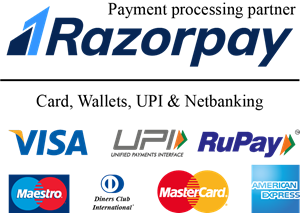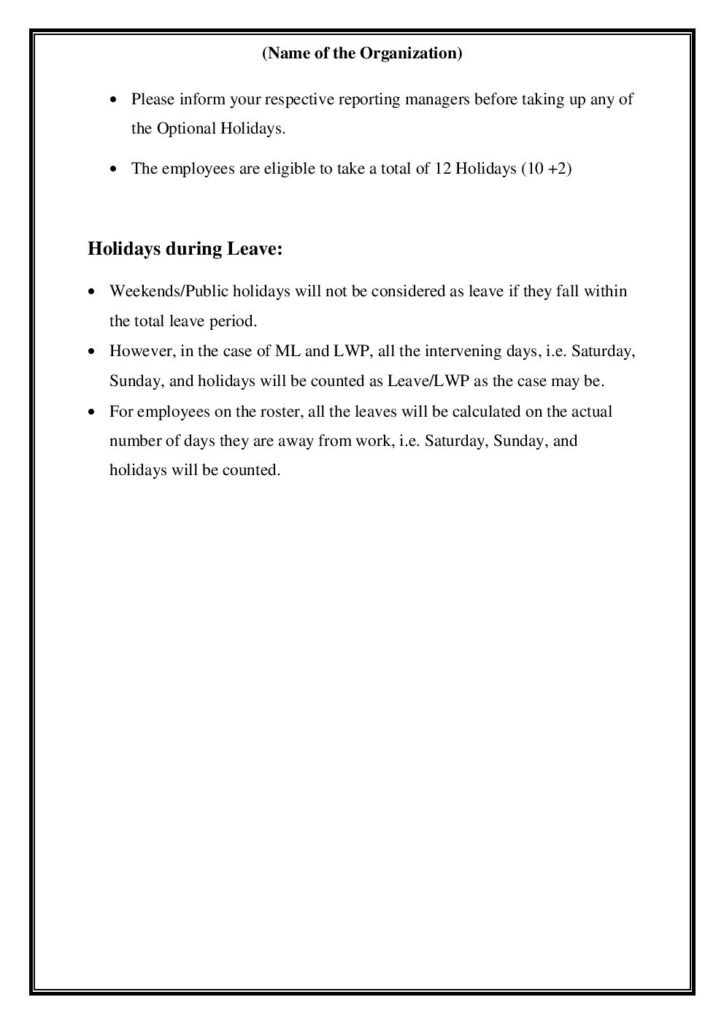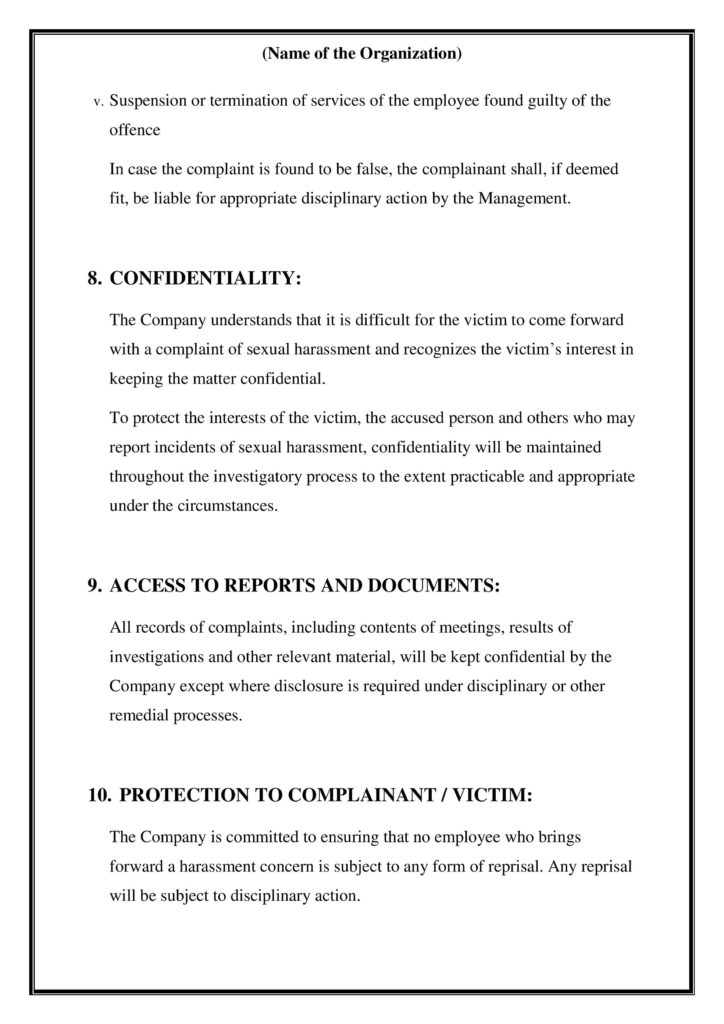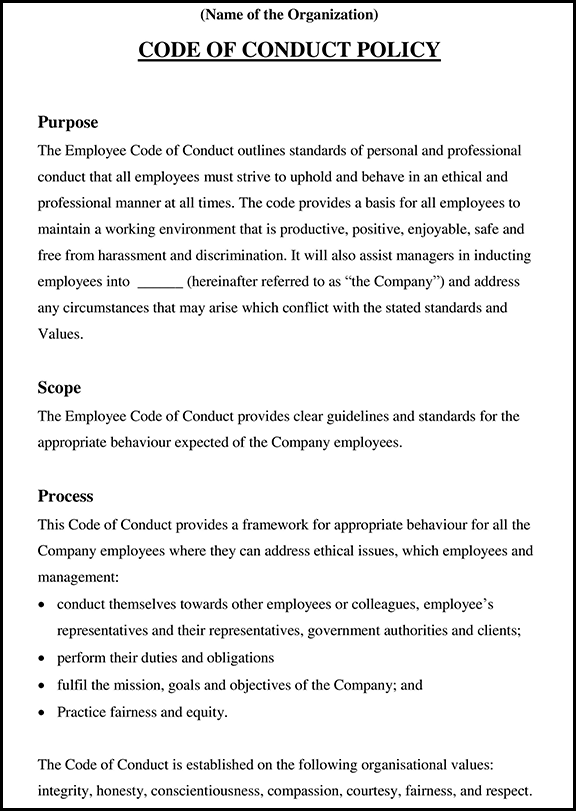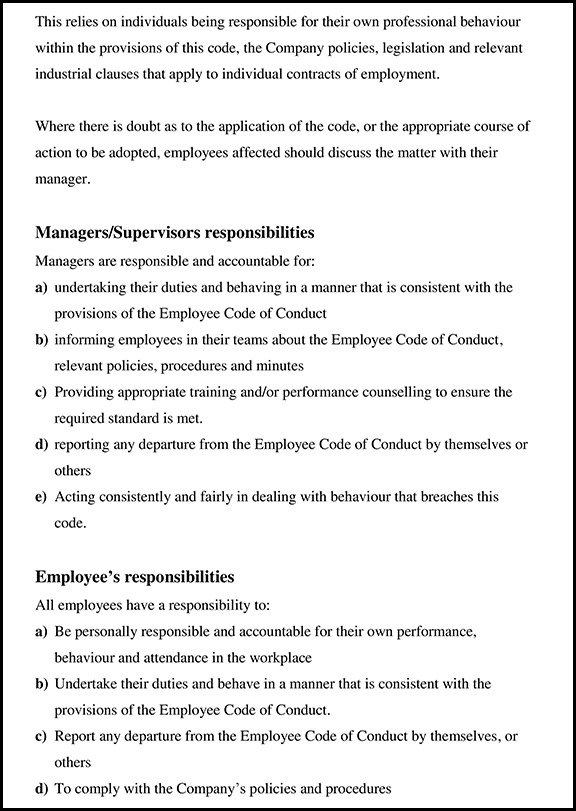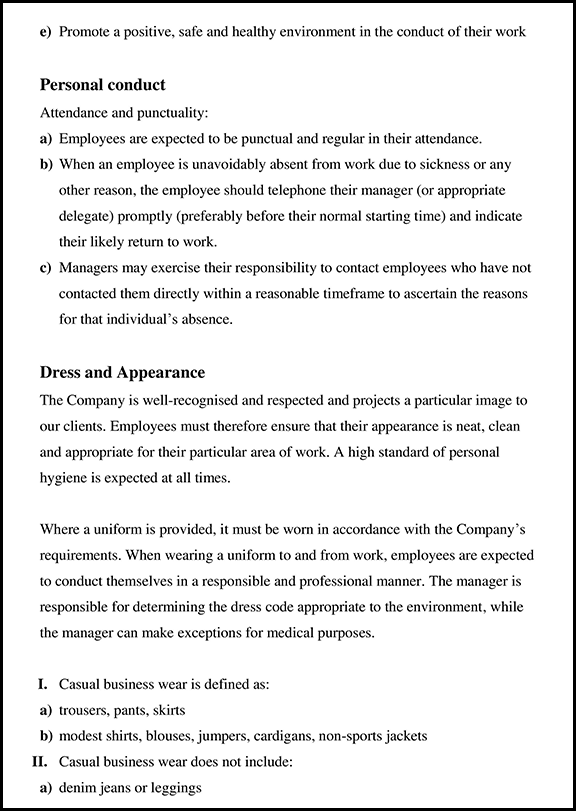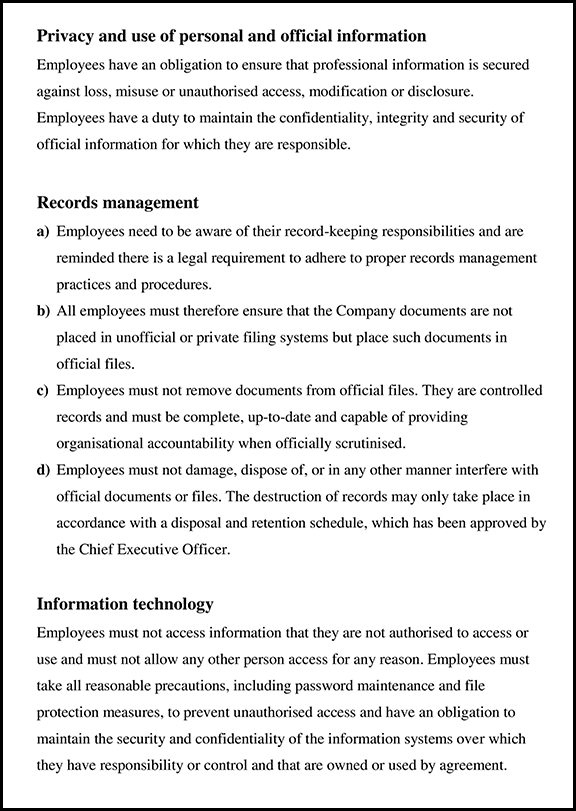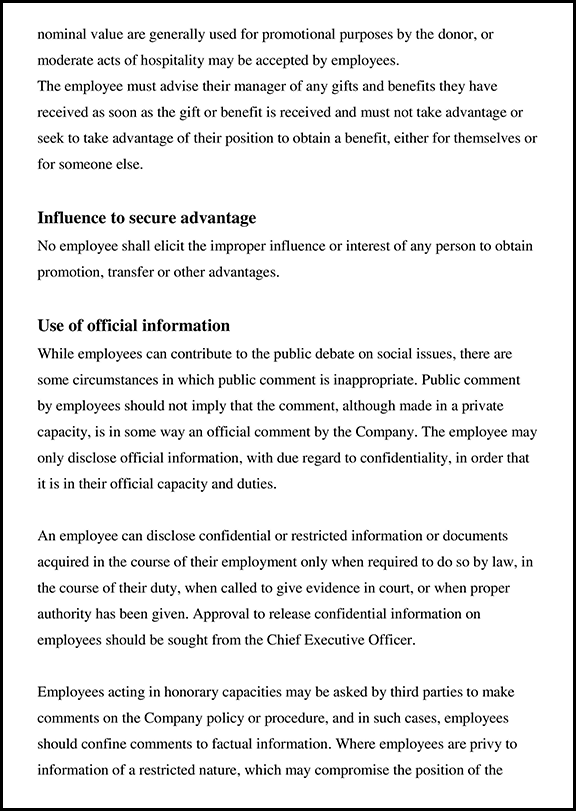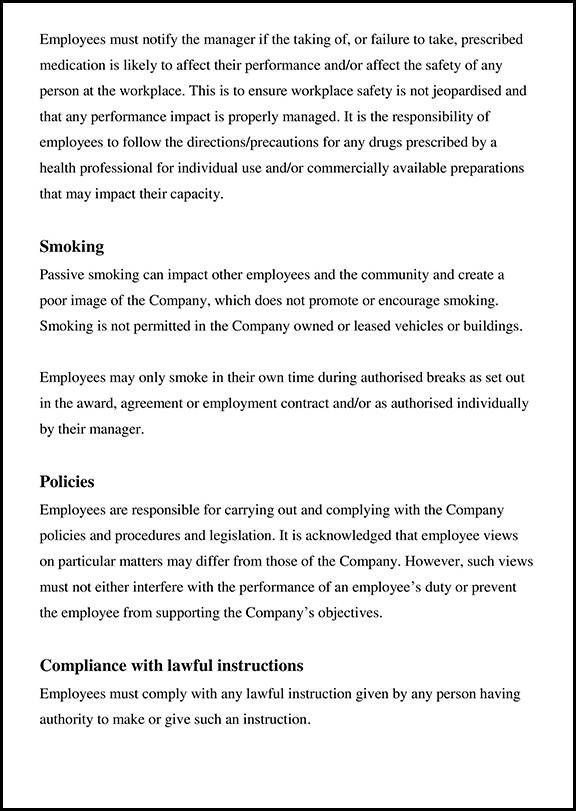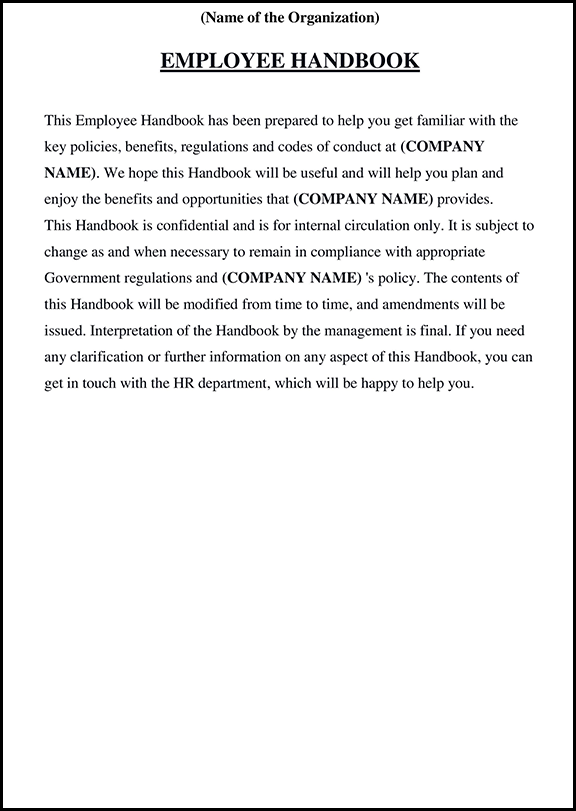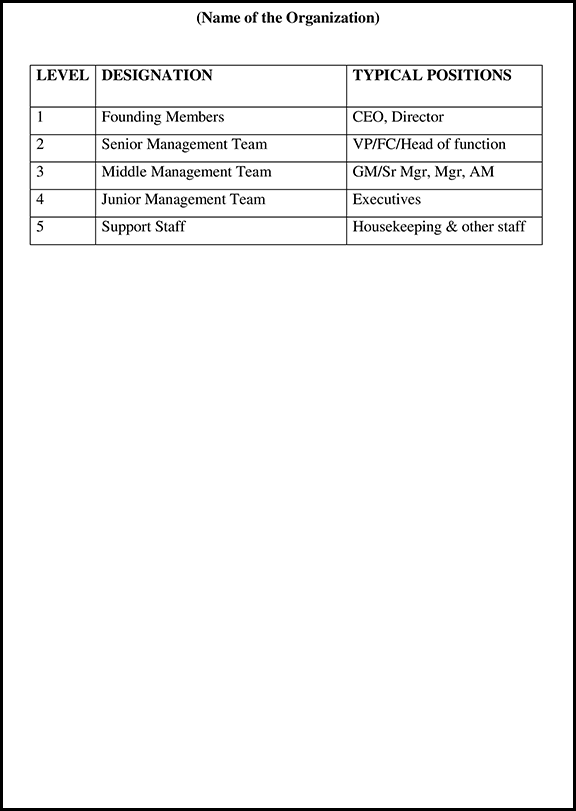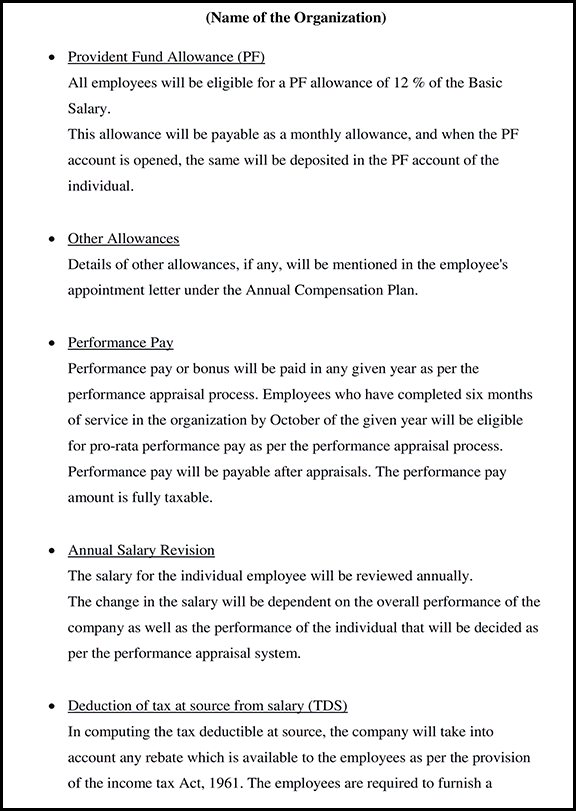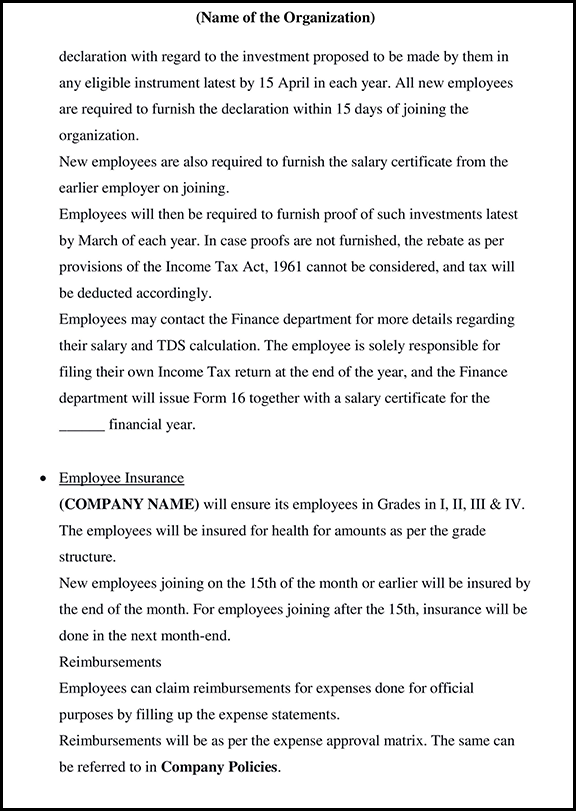
Functions of Human Resources: 13 Key HR Functions
13 Major Key Functions of Human Resources Management
Functions of human resources management are broadly planning, directing, controlling, and organizing, encompassing the entire Human resource management in an organization. So, what are HR functions? HR departments are an integral part of any organization and responsible for the rigmarole around every HR function. To classify, to plan, execute, and to monitor falls under various HR functions that broadly and minutely can classify as functions of human resources.
In this article, We will go through 13 Human Resource Functions to bring a streamlined approach as well as help different aspects of HR.
1. Compliance and Legal Labor Laws
2. Human Resource Planning & Management
3. Recruitment & Selection
4. Performance Management System
5. Training & Development
6. Career / Succession Planning
7. Rewards & Recognitions
8. Compensation & Benefits
9. Policy Formulation
10. Industrial Relations
11. Employee Engagement
12. Health & Safety
13. Administrative Functions

Make Your HR Functions Smooth With Documents
The Ultimate Guide to Accelerate Your HR Productivity

Make Your HR Functions Smooth With Free Documents
The Ultimate Guide to Accelerate Your HR Productivity
How Each Functions of an HR Department Determines Efficient Working?
1. Compliance and Legal Labor Laws

In functions of human resources, labor Laws is one of the head duty of your organization. labor Laws or compliance that define the relationship between employee and employer. The HR management team understand these legal matters to ensure employee and the company are protected. This may include the calculation of leave, payroll legalization, govt and tax reporting, etc.
2. Functions of Human Resources Management & Planning
Human resource planning is a strategic decision-making process that pictures the future planning of a company. MNCs spend a lot of time evaluating, analyzing, and planning the organizational goals that include tentative projects in the pipeline, current projects, recruitment goals, optimum use of human resources, anticipating market changes in regard to technology and law, and building a pipeline of human resources for incoming projects. However, the organization needs to be receptive to market vulnerability while planning.
Human resource management means aligning the current workforce to the organization’s goals and vision. Globalization, technological advances, law fluctuations, voluntary job quits, diversification of the company’s product/ services portfolio, and hiring in bulk can all be strategically managed through a planned approach.
Bridging the gap between demand and supply of human resources, human resource planning & management helps predict the succeeding HR functions like Training & Development, Performance management, Industrial Relations, etc.
3. Recruitment & Selection

The functions of human resources are the 2nd best HR Functions because of the recruitment and selection process.
After estimating the workforce requirement, strategic recruitment follows. What are the different approaches to be taken, and what is the turnaround time for recruitment? The other factors that influence our multi-location, bulk recruitment, technical, non-technical, senior management or niche skills, and temporary or permanent recruitment.
Companies engage in recruitment agencies for faster processes. However, it is important that companies come with job descriptions that set clear expectations on roles & responsibilities. Articulate recruitment procedures and selection process, in turn, attract the right candidates, creates a talent pool, and meets the organizational recruitment goals
4. Performance Management System
Performance management is a very important human resource function. The aim of performance management systems is to ensure productivity by defining effective KRAs. Performance should be reviewed under a set of tools called appraisals on a bi-annually or yearly basis. Ideally, employees should be reviewed on a 360-degree scale, where peers, subordinates, seniors and even customers offer feedback on an employee’s performance. The performance management system is effective in identifying the gaps in performances that can be filled with training and skill enhancement.
Performance management system, in the long run, is a profitable affair. Clear accountabilities, better productivity, reduced conflicts, job satisfaction and enhanced productivity levels all, in the long run, materialise to lesser attrition.
5. Training & Development

Training & Development is a milestone that promises growth. Development & training does not necessarily mean filling a gap, but skill enhancement and adapting to newer technologies. It is a very vital part of the functions of human resources. A company mature on growth path have a structured training department and a year-long training calendar scheduled in advance. Having a training calendar in place in itself not sufficient but as a strong policy that drives employees to train. The HR should relate different HR functions and infer data from the HR function to drive another HR function effectively.
Training is strategic and mandatory procedures to understand the organisational goals, operations and expectations thereby aligning the workforce with the company’s objectives
6. Career / Succession Planning
As a functions of hr, succession planning is an initiative towards monitoring and working an existing employee’s growth path such that he can be promoted within. Companies can identify bright and promising employees inside an organization and work on developing their growth path. Employees who feel assured of a promising work environment within the company will not leave.
Companies should work out strategies for individual development, and engage employees in grooming and challenging activities to develop them towards a higher role.
Succession Planning is a proactive approach toward identifying the right fit for an existing authority, who is soon to leave. Losing a key employee abruptly or without prior notice can prove disruptive to the company. Often senior management positions are very vulnerable because of their decision-making and planning virtue and therefore require a well-structured succession plan.
Also Read: Employee Traning and Development
7. Rewards & Recognitions

Recognition & Rewards as a functions of human resources is the agenda in organizations that understand the employee’s worth and wish to sustain good talent. Rewards & Recognitions are a way of making employees feel worthy of their work as appreciation serves as the best motivation. recognitions and Rewards can be monetary or non-monetary. A task or goal or performance linked to rewards, and further evaluation and reward is usually the cycle.
Rewards could be a sponsored vacation, raise in salary, bonus, performance-based pay. Recognitions could be a higher post, job security, growth opportunities, a good work environment, accolades, and offering credibility across the company. Rewards & Recognitions not only motivates employees but also helps to retain them.
long-term advantages of rewards and recognitions are –
1. Employee Rewards and recognitions have a direct impact on attrition rates.
2. Performance can be enhanced through rewards & recognitions.
3. Higher loyalty standards can be established.
4. Better teamwork can be best explored.
5. Absenteeism and negative behaviour can be curtailed.
6. Employees are engaged and enjoy their work.
8. Compensation & Benefits

While Compensation & benefits are all about salary, How a company creates & articulates offers, positions them in the industry as a Good or Bad Pay Master. Companies design attractive compensation and benefits to attract the best talent in the industry, to retain the existing talent in the company, to be recognised as a benchmark or good pay master as per industry norms and to drive high performance.
The role of the HR professionals in this should be constantly monitoring industry salary benchmarks and matching the industry standards, including new and variable payment parameters in salary, easy compensation deliverables and faster processes. After all, money is the prime motivator that drives people to work, and yet to retain people compensation and benefits as a function needs to be well structured and reformed from time to time.
9. Policy Formulation

Policies are the backbone of HR functions. An organization needs a mix of policies from the matured tried and tested ones as well as the newer and sensitive ones that are the need of time. A clear and well-defined policy framework encompasses all the minute aspects of a business and its working. Every organization should engage in designing policies as policies are the bible to run an organization.
Policies will be able to control activities like – better participation, standardised processes, procedures & implementation, proper communication, guided approach to newer challenges and environment
10. Industrial Relations

Industrial Relations as a HR function is primarily practised in manufacturing & production units. Unions rule industrial units with a motive that collectively speaks of the goodwill of the employees. A company in the production & manufacturing domain should have prevalent Industrial Relations practises and should continuously engage in talks with unions to maintain an amicable situation.
Industrial Relations aims towards continuous production process, reducing production time and resource wastage, reduce serious disputes including strikes and protests, better and safer working conditions, meeting wage standards and expectation. Industrial Relations if handled sensitively can avoid lawsuits, protests, walkouts, loss of production time and money.
IR departments should be led a seasoned person from the Industrial Relations domain as it is a very sensitive HR function.
11. Employee Engagement

Employee Engagement as an HR Function has gained much importance over the last couple of years affecting employee turnover positively to a large extent. Additionally, introducing exciting employee engagement initiatives can bring in new and bright talent in the organization. Companies are investing considerable amounts in employee engagement to show employees they matter.
Dedicated employee engagement teams within an organization have the challenge of creating newer and better initiatives that could hold back their employees and not lose them to the competition.
Employee engagement is practised with the objective of-
1. Tuning in employees with organisational goals.
2. Increasing employee productivity.
3. Enhancing work environment & communication.
4. Employee motivation
12. Health & Safety
Health & Safety is a prime HR function in the entire landscape of the Human Resource Management. Employees spend most of their time at work and to bring them a safe environment, that is amicable and guarded is the prerogative of the organisation.
Organisations should consider-
1. Safety and health policies according to industry benchmarks.
2. Safety and health training from time to time.
3. Sexual harassment act for women employees.
4. Health initiatives within the company premises.
Companies should focus not only on a plush working environment too. On the health perspective, various drives, seminars and workshops are an undisputed need in the interest of the employees. Free health camps and paid medical insurance policies for employee& family are some of the initiatives companies can engage in for their employee health & safety.
13. Administrative “Functions of Human Resources”

The rigmarole of HR function is well entangled with administrative functions. Administration support is what drives HR functions effectively. HR processes, Human Resource Information systems, salaries offloads, and other support come from the administrative wing.
Besides, other processes like relocations, further education, promotions, illness, leaves, and many more functions are accessible under the administrative facility. HR & administration department is like the hand and glove relation, and cannot exist individually.
The functions of human resources do not only classify to these major heads but also there are a host of activities and initiatives that run under these major headings. HR is the core of any organization, like the nervous system in the body that controls everything. A company with well-set functions of human resources is well established and has a long way to endear.
Click Here to Download Free HR Manager Role Job Description

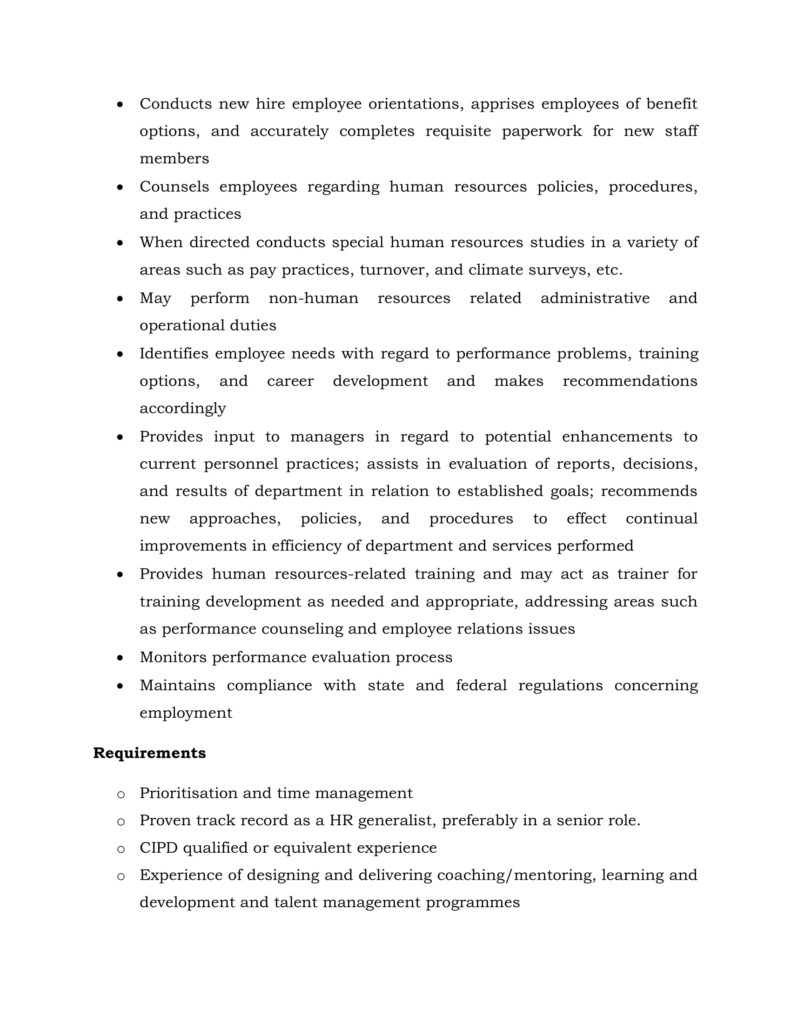
Join a Community of 1,00,000+ HR Professionals










